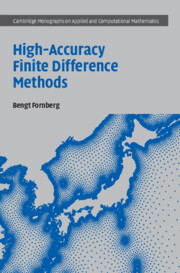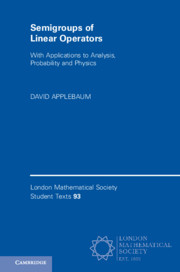Simulations of critical phenomena, such as wildfires, epidemics, and ocean dynamics, are indispensable tools for decision-making. Many of these simulations are based on models expressed as Partial Differential Equations (PDEs). PDEs are invaluable inductive inference engines, as their solutions generalize beyond the particular problems they describe. Methods and insights acquired by solving the Navier–Stokes equations for turbulence can be very useful in tackling the Black-Scholes equations in finance. Advances in numerical methods, algorithms, software, and hardware over the last 60 years have enabled simulation frontiers that were unimaginable a couple of decades ago. However, there are increasing concerns that such advances are not sustainable. The energy demands of computers are soaring, while the availability of vast amounts of data and Machine Learning(ML) techniques are challenging classical methods of inference and even the need of PDE based forecasting of complex systems. I believe that the relationship between ML and PDEs needs to be reset. PDEs are not the only answer to modeling and ML is not necessarily a replacement, but a potent companion of human thinking. Algorithmic alloys of scientific computing and ML present a disruptive potential for the reliable and robust forecasting of complex systems. In order to achieve these advances, we argue for a rigorous assessment of their relative merits and drawbacks and the adoption of probabilistic thinking for developing complementary concepts between ML and scientific computing. The convergence of AI and scientific computing opens new horizons for scientific discovery and effective decision-making.


